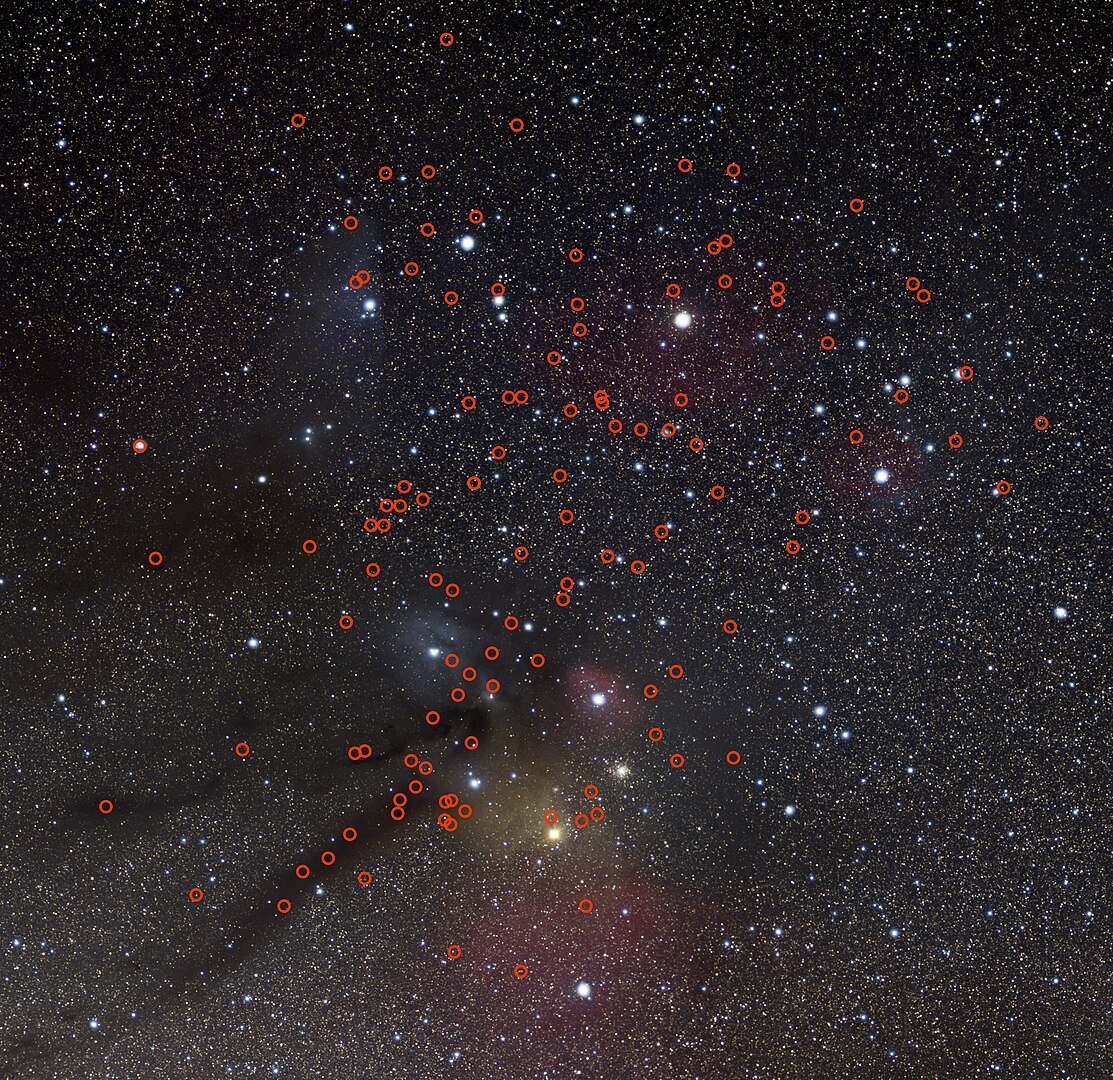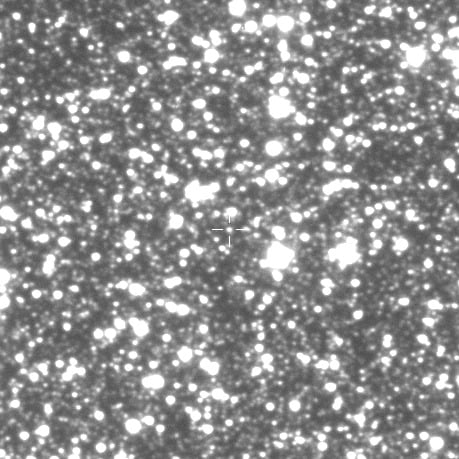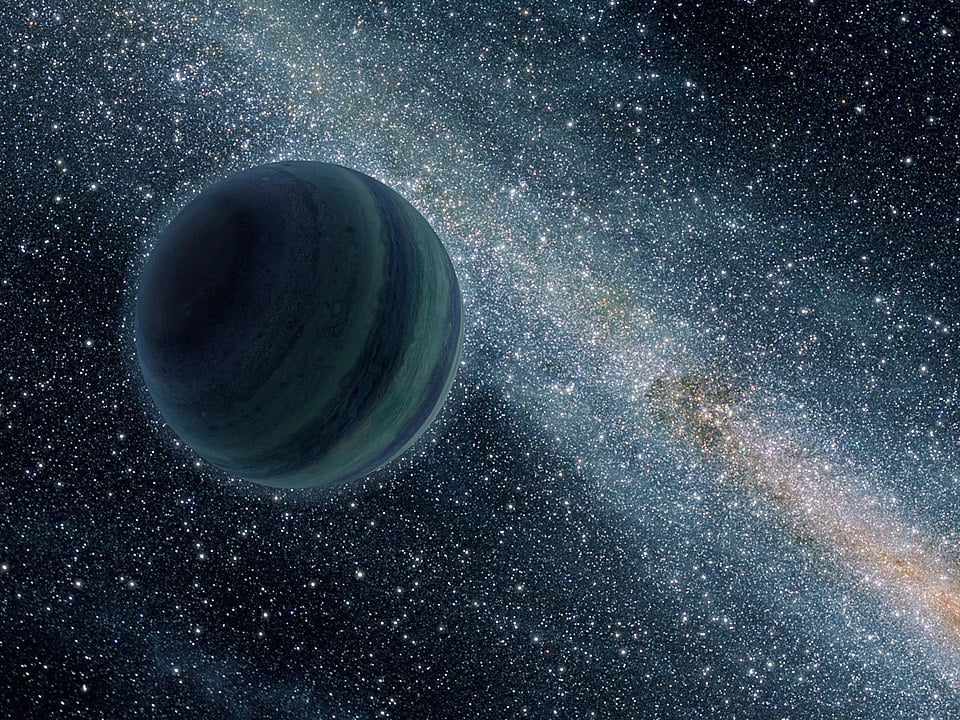Astronomers have achieved a first in exoplanet hunting by using the Hubble Space Telescope images to investigate a mysterious event that could reveal the existence of a “rogue planet” drifting through space without a host star.
The discovery centres on a brief astronomical phenomenon with the catchy name OGLE-2023-BLG-0524, detected in May 2023 by ground-based telescopes. The event lasted just eight hours and was caused by gravitational microlensing, an effect predicted by Einstein where a massive object acts like a magnifying glass in space, briefly brightening the light from a more distant object as it passes in front.
The Hubble Space Telescope as seen from the departing Space Shuttle Atlantis, flying STS-125, HST Servicing Mission 4. (Credit : NASA)
What makes this case extraordinary is that astronomers realised the same patch of sky had been photographed by Hubble back in 1997, purely by chance during observations of a different microlensing event. This created a 25-year baseline between the original images and the recent planetary detection, far longer than any previous study of its kind.
The short duration of the 2023 event suggests it was caused by a free floating planet, also known as a rogue planet. These are worlds that have been ejected from their original solar systems and now wander through space unattached to any star. They can be kicked out through gravitational interactions with other planets, encounters in crowded star clusters, or the death of their host star.
Rogue planets are incredibly difficult to detect because they generally emit no light of their own. Gravitational microlensing offers one of the few ways to find them, but distinguishing between a true rogue planet and a regular planet orbiting very far from its star requires additional evidence. This is where the archival Hubble images become crucial.
 The locations of 115 potential rogue planets in the region between Upper Scorpius and Ophiuchus (Credit : ESO/N. Risinger)
The locations of 115 potential rogue planets in the region between Upper Scorpius and Ophiuchus (Credit : ESO/N. Risinger)
The research team, led by Mateusz Kapusta from the University of Warsaw and other institutions, used the 1997 Hubble images to search for any companion star that might be hosting the planet. If the lensing object were actually a planet in a wide orbit around a star, that star should be visible in the high resolution Hubble data, even from 25 years earlier.
Their analysis found no evidence of a stellar companion, strengthening the case that OGLE-2023-BLG-0524 team estimate the rogue world has a mass somewhere between that of Earth and Saturn, depending on whether it’s located in our Galaxy’s disk or central bulge region.

Rogue planet OGLE-2023-BLG-0524 is visible here highlighted by a cross (Credit : Optical Gravitational Lensing Experiment)
The study demonstrates the scientific value of archival telescope data. The 1997 Hubble observations were originally taken to follow up a completely different microlensing event and happened to capture the future site of the 2023 detection by pure coincidence. This overlap provided astronomers with observational capabilities they could never have planned for.
However, the investigation also revealed the limitations of even Hubble’s impressive capabilities. The 1997 images, while high-resolution, were relatively shallow with short exposure times. The team could only rule out stellar companions brighter than about magnitude 21.7, meaning dimmer red dwarf stars could still be lurking undetected in the data.
This work points toward even more powerful future studies. Next generation telescopes like the James Webb Space Telescope, with enhanced infrared capabilities and sensitivity, should be able to detect much fainter potential host stars and provide more definitive answers about the nature of these lensing events.
The Nancy Grace Roman Space Telescope, scheduled to launch in 2027 will conduct an extensive microlensing survey and is expected to discover thousands of new rogue planets. Coordinated with archival observations from other space telescopes, these missions could finally reveal the true population of rogue worlds wandering our Galaxy.
Source : HST pre-imaging of a free-floating planet candidate microlensing event
